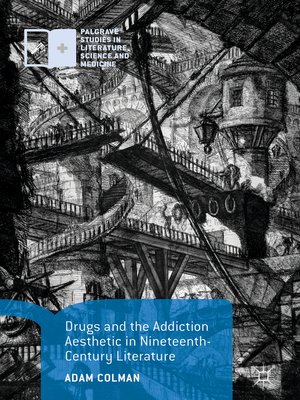Drugs and the Addiction Aesthetic in Nineteenth-Century Literature
ebook ∣ Palgrave Studies in Literature, Science and Medicine
By Adam Colman

Sign up to save your library
With an OverDrive account, you can save your favorite libraries for at-a-glance information about availability. Find out more about OverDrive accounts.
Find this title in Libby, the library reading app by OverDrive.



Search for a digital library with this title
Title found at these libraries:
| Library Name | Distance |
|---|---|
| Loading... |
This book explores the rise of the aesthetic category of addiction in the nineteenth century, a century that saw the development of an established medical sense of drug addiction. Drugs and the Addiction Aesthetic in Nineteenth-Century Literature focuses especially on formal invention—on the uses of literary patterns for intensified, exploratory engagement with unattained possibility—resulting from literary intersections with addiction discourse. Early chapters consider how Romantics such as Thomas De Quincey created, with regard to drug habit, an idea of habitual craving that related to self-experimenting science and literary exploration; later chapters look at Victorians who drew from similar understandings while devising narratives of repetitive investigation. The authors considered include De Quincey, Percy Shelley, Alfred Tennyson, Christina Rossetti, Charles Dickens, Robert Louis Stevenson, and Marie Corelli.







